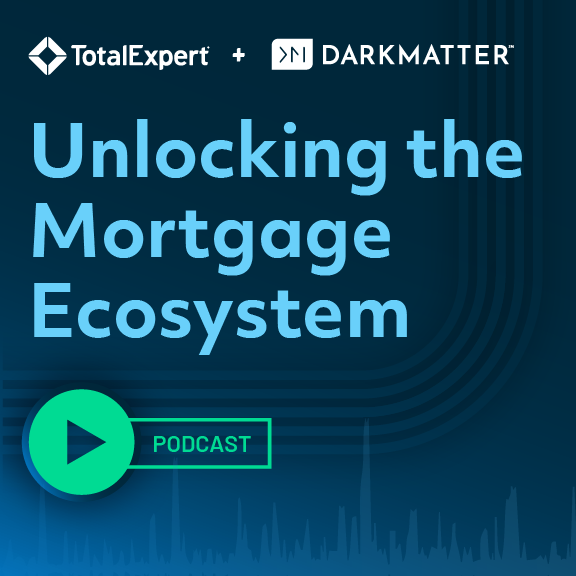Drawn by the opportunity to serve homeowner equity, independent mortgage lenders are launching digital-based offerings for home equity lines of credit (HELOC) this year.
HELOCs were originally a product offered by independent mortgage lenders, but they became mainstream for banks and credit unions in the 1970s. Since then, independent mortgage lenders largely have ceded the product to financial institutions. Equity, though, has become such a widespread opportunity that independent lenders are announcing HELOC products, signaling new competition entering the market against financial institutions’ HELOC offerings.
U.S. homeowners gained 35% in equity in 2021 – read Total Expert’s coverage of 2022 equity gains here – which has provided them opportunities to use their home’s value to pay off high-interest debt, fund home improvement projects, or make other large purchases without affecting their home’s low mortgage rate.
In May, to serve these financing needs, loanDepot also announced a digital HELOC offering “designed to help consumers easily and conveniently access their funds in as little as seven days.” It plans to launch the product in the third quarter of 2022.
“Double-digit home value appreciation over the last two years has resulted in homeowners across the country gaining new wealth through record levels of home equity,” loanDepot said in its press release. “According to the Federal Reserve, homeowners have amassed more than $26 trillion in home equity that could be deployed to address a variety of financial needs. At the same time, rising interest rates coupled with high inflation make home equity lines of credit a smart and convenient way for consumers to leverage their equity.”
LoanDepot noted that homeowners are not able to “tap into their most valuable asset with speed and ease” through “standard HELOC products offered by traditional banks or lenders.”
In July, Guaranteed Rate announced a new home equity line product, available in 41 states and Washington, D.C. Consumers can easily apply with a “100% digital” experience from application to closing. The lender said borrowers can apply in 10 minutes and receive approval “in only moments.”
New Residential Investment Corp, which serves real estate borrowers through its subsidiaries newrez and Caliber Home Loans, also announced a new HELOC offering at the beginning of the summer. “Since over half of our customer base now has at least 40% equity in their home, we are launching a new HELOC product that will target our servicing customers,” said Baron Silverstein, president of the company’s mortgage-lending subsidiaries.
Equity-based Tools for Homebuyers
To better assist borrowers navigating a hyper-competitive sellers’ market, and to support their loan officers, lenders like Synergy One have announced bridge loans, a product that allows homebuyers to pay closing costs on a new home with equity, even if they have not sold their current home.
“With the launch of our bridge loan product, we are bringing another great option to our originators and their clients that maximizes speed and agility to get them in the home they want,” said Synergy CEO Steve Majerus. “Giving our team strategic options like this just means they will gain more market share.”
Bridge loans have become more appealing in the recent seller’s market because they allow a borrower to offer a seller something other competing homebuyers may not have: A faster path to close for the seller. Often homebuyers must sell their current home before they can close on their new one. Bridge loans can remove that need for home-offer contingencies. Thereby the buyer become more valuable to the seller, and loan officer becomes more valuable to the buyer- their borrower. Loan officers also benefit because their buyer is more likely to be chosen by a seller, which supports closing – the event that generates revenue.
Ancillary benefits include providing borrowers the ability to avoid paying for private mortgage insurance while they sell their old home, faster approval, and timely availability of funds for a borrower.
Two paths to growth
Independent mortgage lenders are launching HELOC offerings now because many borrowers who have equity also just refinanced or purchased a new home. Unless there is an absolute need most borrowers would not exit their current mortgage, even to access amazing amounts of equity.
If they closed during the past two to three years, obtaining a new mortgage is a double loss: They would both give up their historically low rate and pay new closing costs. Mortgage lenders are wisely responding by ensuring those who can’t use a secondary-market product – cashout refinances – can still access equity with their help: A home equity line of credit.


